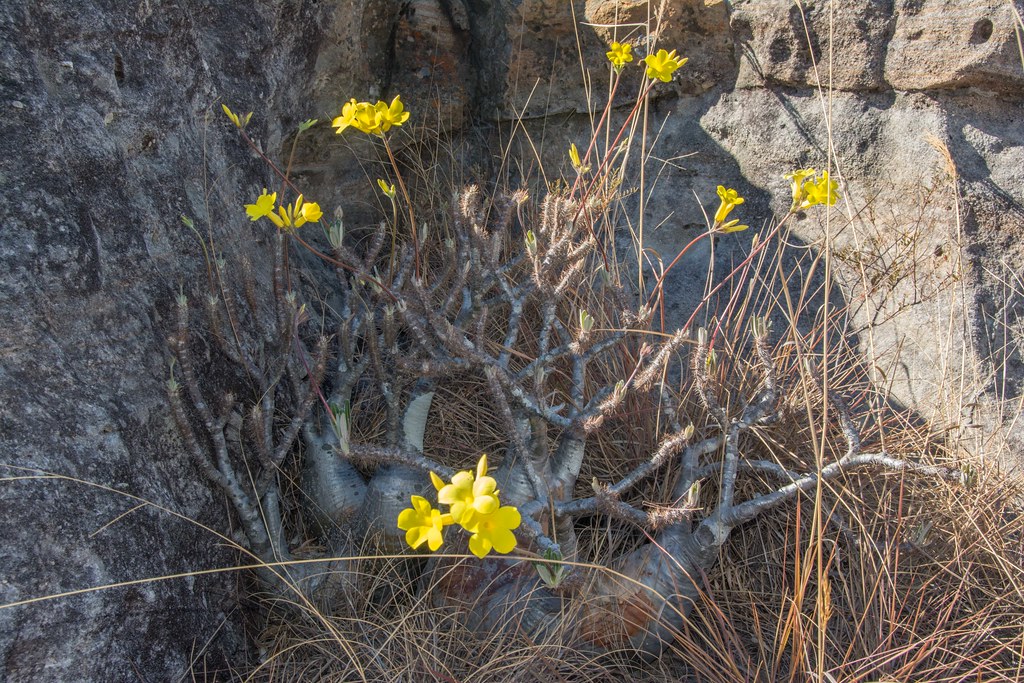
Introduction
Madagascar, the world’s fourth-largest island, is renowned for its incredible biodiversity and endemic species. Approximately 90% of the wildlife in Madagascar is not found anywhere else on Earth, making it a significant focal point for conservation efforts. The importance of preserving this unique ecosystem is increasingly relevant as Madagascar faces rising threats from deforestation, climate change, and human activities.
Biodiversity of Madagascar
This biodiversity hotspot is home to more than 200,000 species, with 15 species of lemurs, numerous reptiles, and various plants that are indigenous to the island. The iconic ring-tailed lemur and the fossa, Madagascar’s largest carnivore, are examples of the unique wildlife that draws researchers and tourists alike. Additionally, Madagascar boasts the largest population of chameleons in the world, showcasing vivid colors and adaptations.
Madagascar’s diverse landscapes range from rainforests that nurture rich flora and fauna to semi-arid deserts. The recent discoveries of new species continue to highlight the importance of the island in global biodiversity. Conservationists emphasize that protecting Madagascar’s ecosystems is crucial not only for the species that live there but also for mitigating the impacts of climate change globally.
Conservation Challenges
Despite its unique biodiversity, Madagascar faces significant conservation challenges. Deforestation, driven by agriculture, illegal logging, and infrastructure development, is a critical concern. According to the World Wildlife Fund (WWF), Madagascar loses an estimated 200,000 hectares of forest each year, threatening species and disrupting delicate ecosystems. Over half of the island’s original forest cover has been lost in the past 50 years, leading to soil erosion and loss of habitat.
Climate change further complicates these issues, with rising temperatures and unpredictable weather patterns affecting agriculture and water resources. As Madagascar’s population continues to grow, the pressure on natural resources increases, necessitating urgent action from both local governments and international bodies.
Conclusion
Protecting Madagascar’s rich biodiversity is essential for environmental stability and sustainable development. Conservation efforts are being undertaken by various organizations, but they require support from the global community. Increased awareness can lead to better policies and funding aimed at safeguarding this unique biosphere. As scientists continue to uncover new species and the local population strives for development, the balance between economic growth and conservation remains a vital ongoing dialogue. The future of Madagascar’s natural heritage hangs in the balance, making it imperative for stakeholders worldwide to engage in its preservation.



